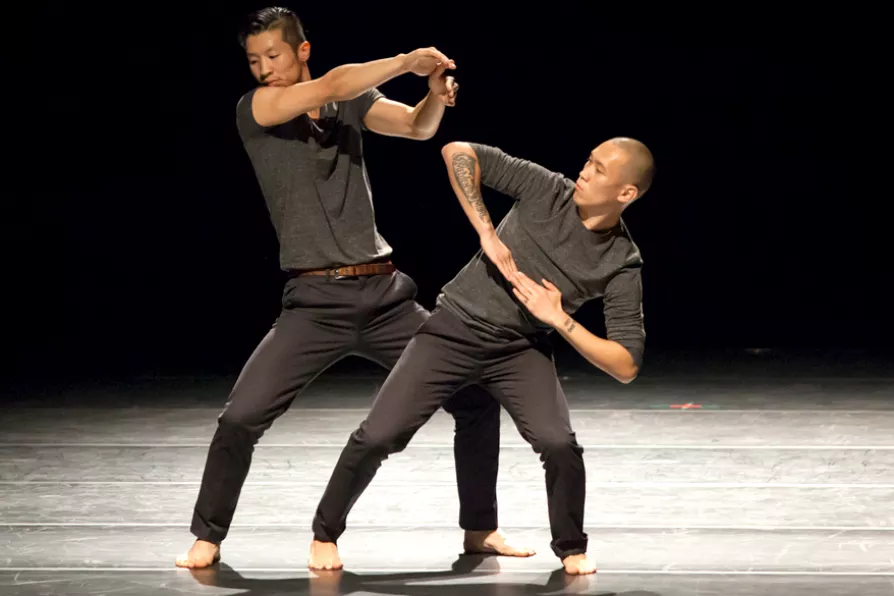RICHARD MURGATROYD enjoys a readable account of the life and meditations of one of the few Roman emperors with a good reputation
The place to be
The Korean troupe effectively challenge the notion that dancers are physically expert but mere interpreters of other people’s thoughts, writes CHRISTINE LINDEY

 PAS DE DEUX: Hyuk Kwon, Jaeyoung Lee in Equilibrium
PAS DE DEUX: Hyuk Kwon, Jaeyoung Lee in Equilibrium
SIGA
The Place, London
AFTER so many months of Covid-enforced privation, I shared the audience’s palpable pleasure at being back at The Place, London’s deliberately inexpensive centre for international experimental and innovatory modern dance.
Its usual friendly, unpretentious ambience from staff and audience was dominated by the young, some of whom appeared to have arrived fresh from the centre’s dance class or rehearsal.
Similar stories

MATTHEW HAWKINS recommends three memorable performances from Scottish dance artists Barrowland Ballet, In the Fields Project, and Wendy Houston

PETER MASON is wowed (and a little baffled) by the undeniably ballet-like grace of flamenco

MATTHEW HAWKINS appreciates an interpretation in dance of James Baldwin’s landmark novel of doomed homosexual desire

SUSAN DARLINGTON applauds the translation of Jane Eyre into a ballet that preserves the drama of her formative years










